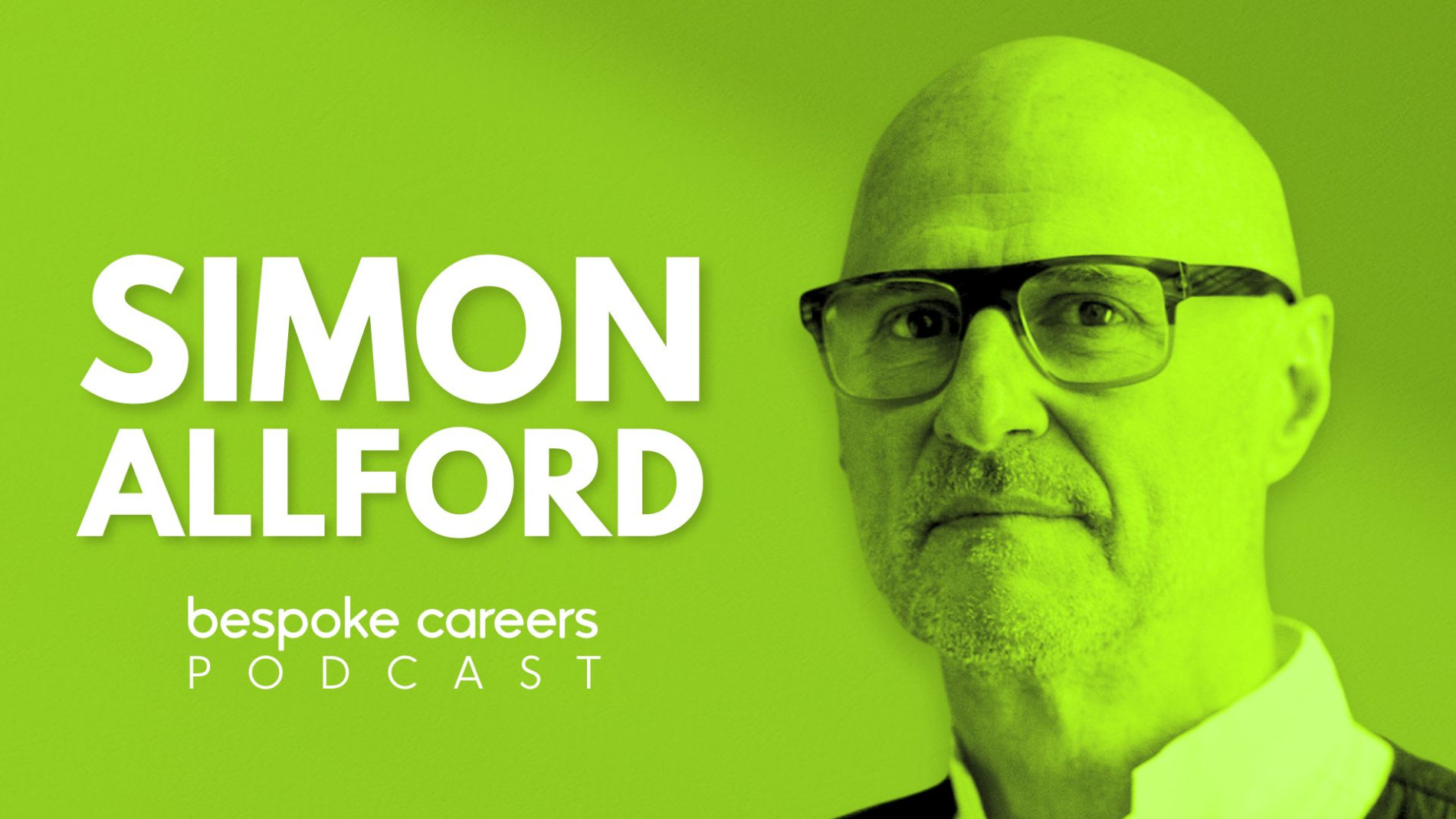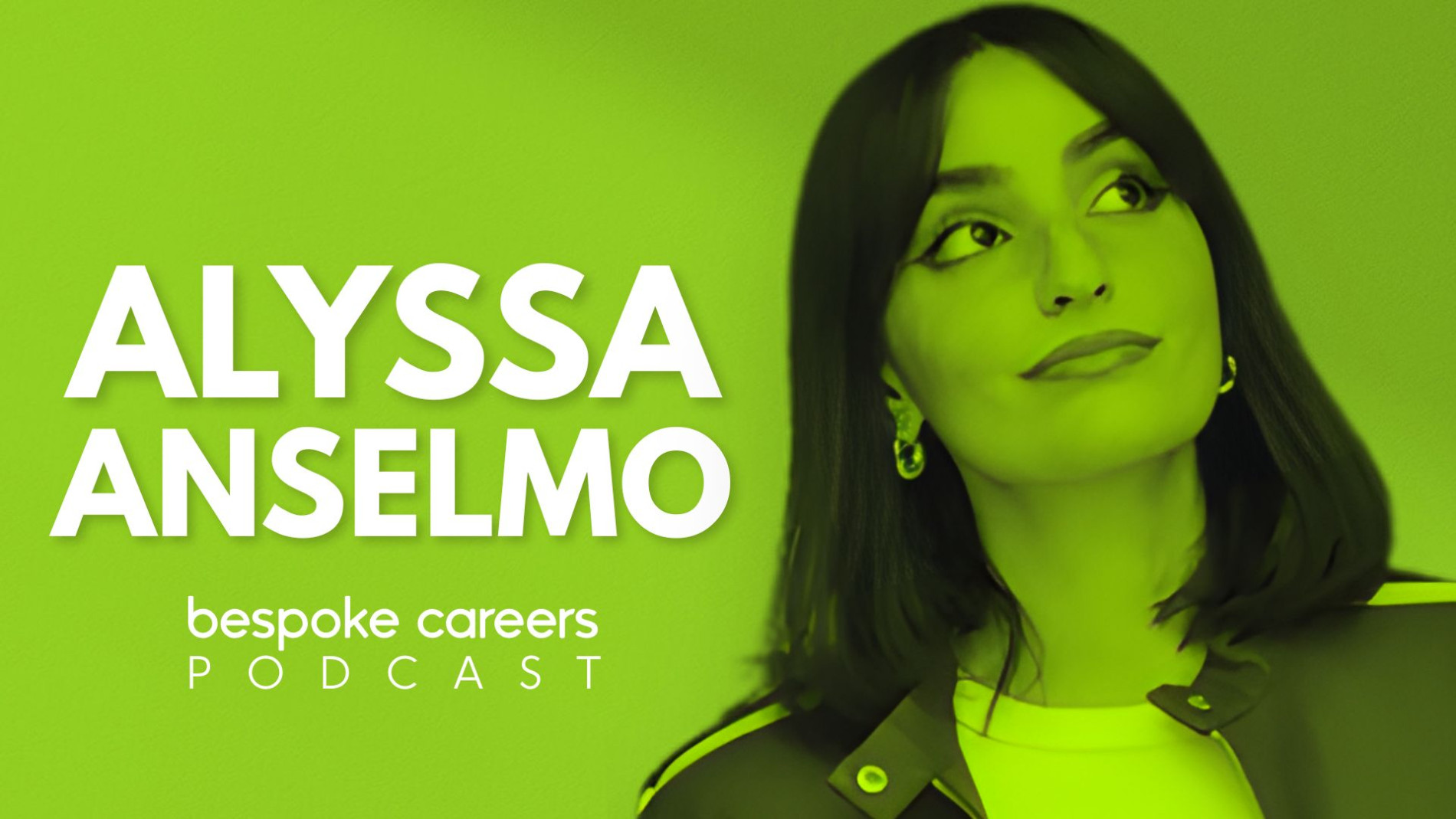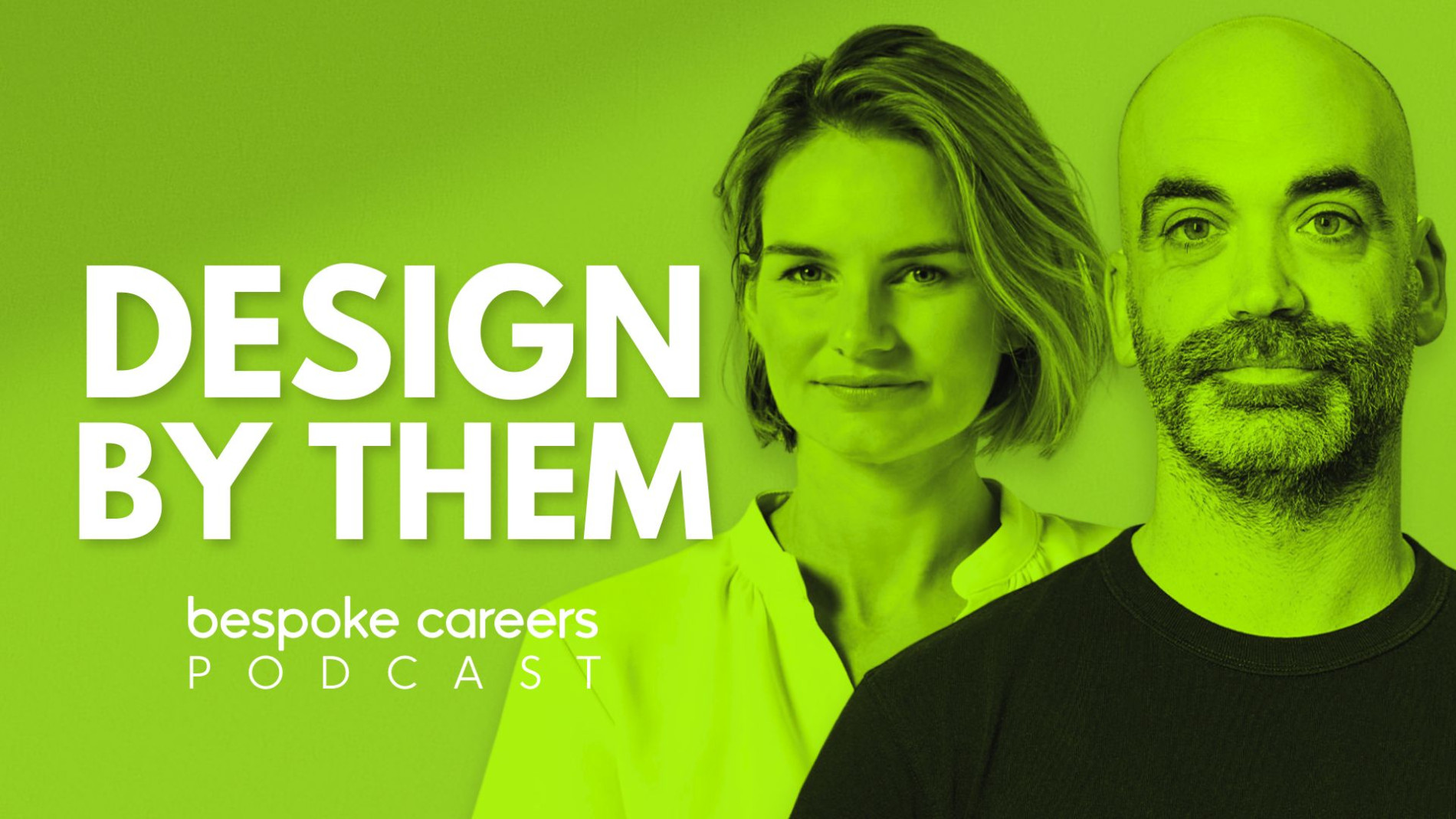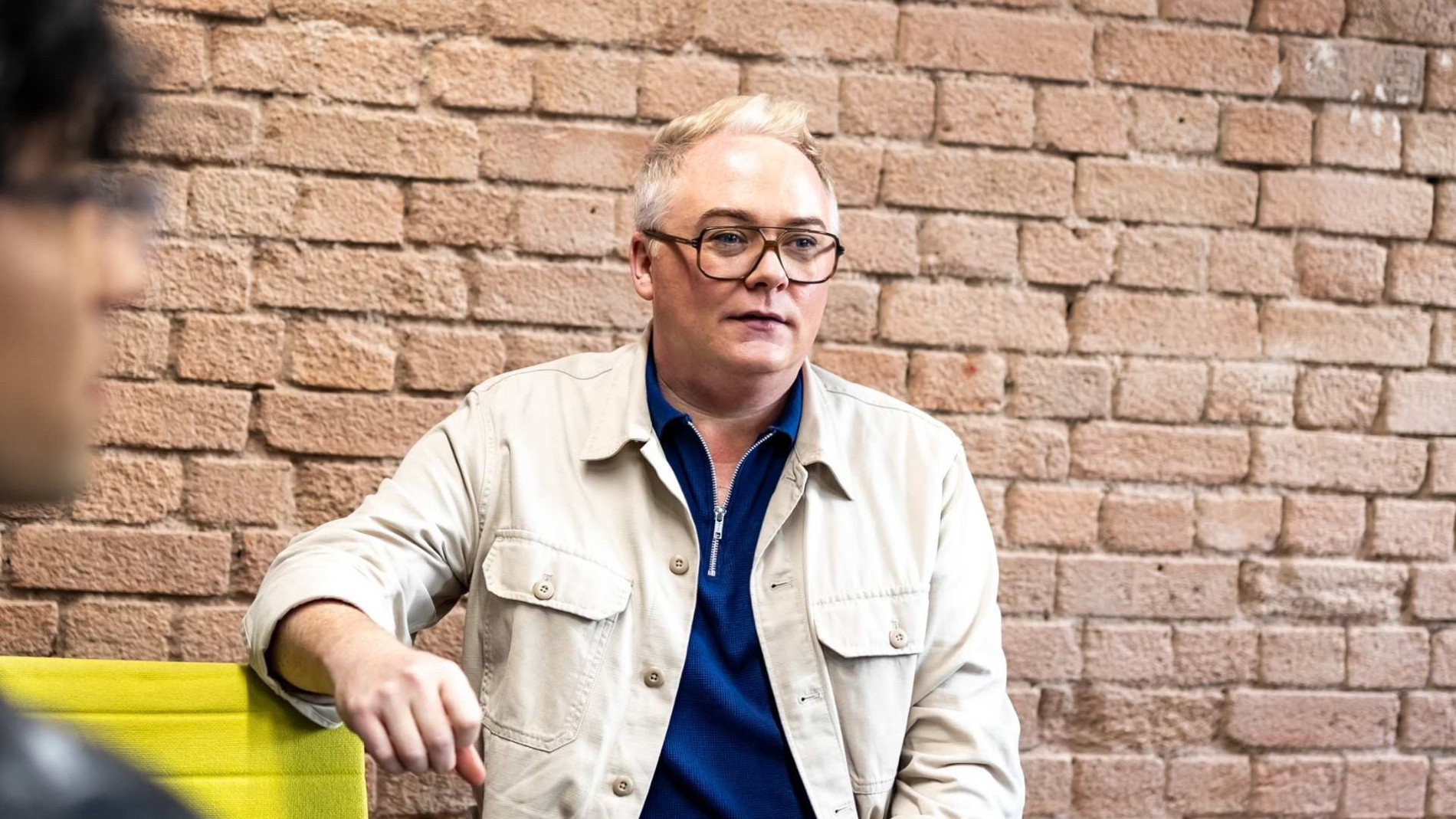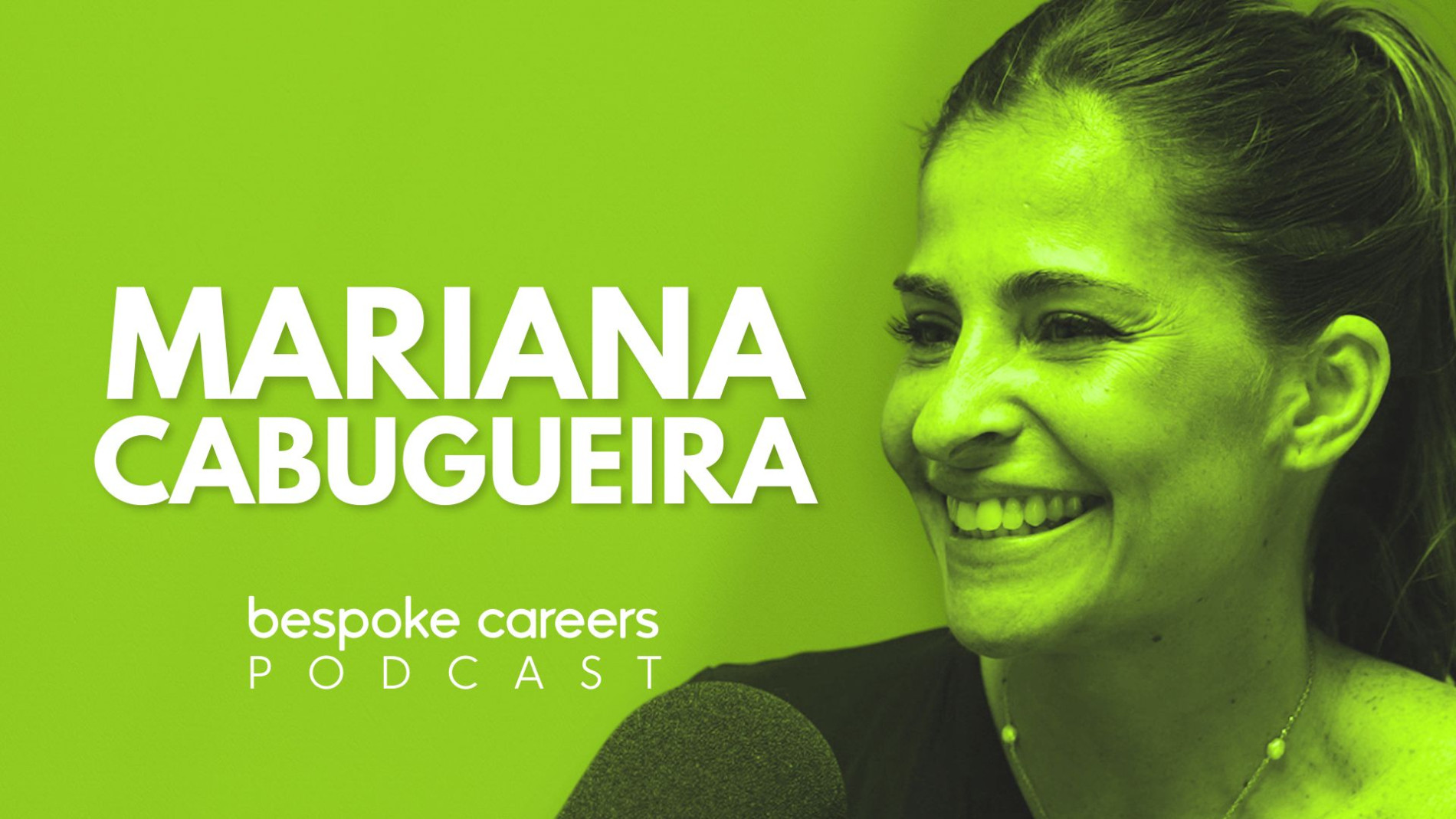
Architecture in the Metaverse – Mariana Cabugueria
What architects can contribute to the metaverse, how AI and parametric tools are changing workflows, and the challenges of building healthy design cultures.
Mariana Cabagua is a Portuguese architect working at the frontier of digital design. She founded MC Studios, a practice designing for both the physical environment and immersive architecture for the metaverse. She built her career at Zaha Hadid Architects, then joined web3 company Wilder World to create a digital city twinned with Miami. MC Studios, founded in 2023, works at the forefront of AI powered design. Mariana teaches, runs workshops, and leads architecture toward a hybrid practice of virtual, immersive, and physical.
Why architecture?
I decided very early. When I was about four years old, I said I wanted to paint walls. Then my parents tricked me into architecture when I was six. I don’t think they wanted me to be a construction worker, so I did a little shift. With time I fell in love with it. There is satisfaction and a sense of power that comes with building spaces for people and improving spaces and improving people in a reciprocal relationship. I felt I could be the intermediary between people and space. I am a big fan of history, sociology and anthropology. I believe the way we shape space also shapes society, and it is still the architect’s responsibility to do so. Architecture was always on my mind and heart.
Growing up in Portugal and studying in London…
Portugal has a very strong culture of living, a strong dwelling identity that has remained consistent in how people live and how spaces are built. That was one of the biggest lessons I absorbed growing up in Lisbon, both as a future architect and simply as a citizen. It gave me a strong sense of place and an understanding of space.
But when it came to tools and the mindset for future living, my university at the time wasn’t there yet. That’s why I left the country. I wanted more knowledge and a bigger skill set. I was always a strong theorist – in Portugal you’re taught how to question things, but I lacked the tools. Around the age of 24 or 25, I asked my parents to help me finance a move abroad so I could build that skill set.
I was also working on ideas that felt controversial at home but were more accepted in London. For example, Lisbon is going through wave after wave of refurbishment, with little new builds. My final thesis dealt with a site containing an old convent. I didn’t see much value in keeping it, so I proposed replacing it with something new, designed for contemporary ways of living. That was highly controversial, religious, political, even cultural. It was so controversial that is got out and went around the Unis, people were saying ‘there was this girl that wanted to destroy!” Tutors didn’t want to take on my project.
For me now, buildings carry a kind of DNA. They mutate and adapt over time, leaving a trace that passes forward. I started thinking about this in Lisbon and people found it odd, almost like witchcraft. I call it an energy. When I arrived in London, though, I discovered this was base knowledge in parametric design. The idea that parameters flow through buildings and across time, creating continuity and identity within a city, was a given in London.
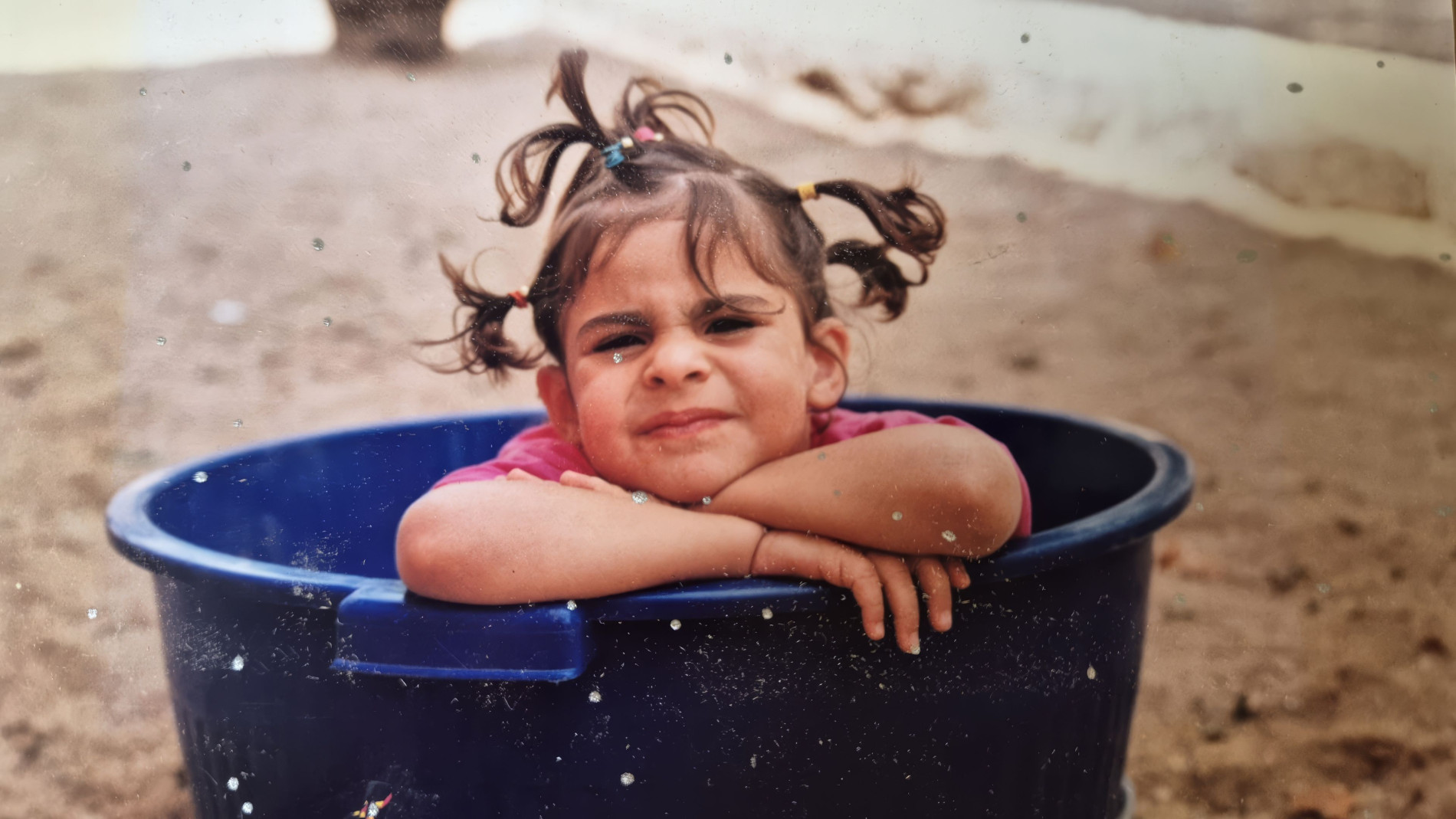
Mariana as a child.
Finding her feet at the Architectural Association School of Architecture…
At the beginning I felt I was the worst one. They usually only accept forty students, and there were forty one that year. I am convinced that I was number forty-one because I had no skills. But I had that Cristiano Ronaldo, Portuguese mindset: if you do not know how to do it, you work three times harder. I worked all the time, learned eight softwares in six months, and adapted.
Getting hired at Zaha Hadid Architects…
You think it is all skill set, and that matters, but there is something else. Now that I am an employer I am 100% sure character, truth and transparency are the make or break. Hiring is also circumstantial. When there is a position and many go for it, who you are still matters.
At Zaha, people imagine its endless late nights and harsh competition. It is a top heavy company. In the lower ranks I did not feel toxic competition. I see competition as motivation and a reason to come back stronger. The workflow often starts with a brief and many sketches. The best response for the brief goes forward. Some take it personally when theirs does not. As a director now I know there is a best fit for the brief. Once a direction is set, you spread the sketch and everyone improves it. On big projects everyone has a say. If you are not designing the exterior, you work on the interior or help refine the exterior. The hours were heavy. Rewards were uneven. Competition did not define my experience.
At Zaha it was fully digital. I never left the computer for almost six years. We viewed architecture through software cameras. That trains you for virtual worlds. I still use parameters tied to physical reality. Dimensions, structure, common sense. If something is too abstract, it gets stopped early.
Jumping to a Metaverse architect role…
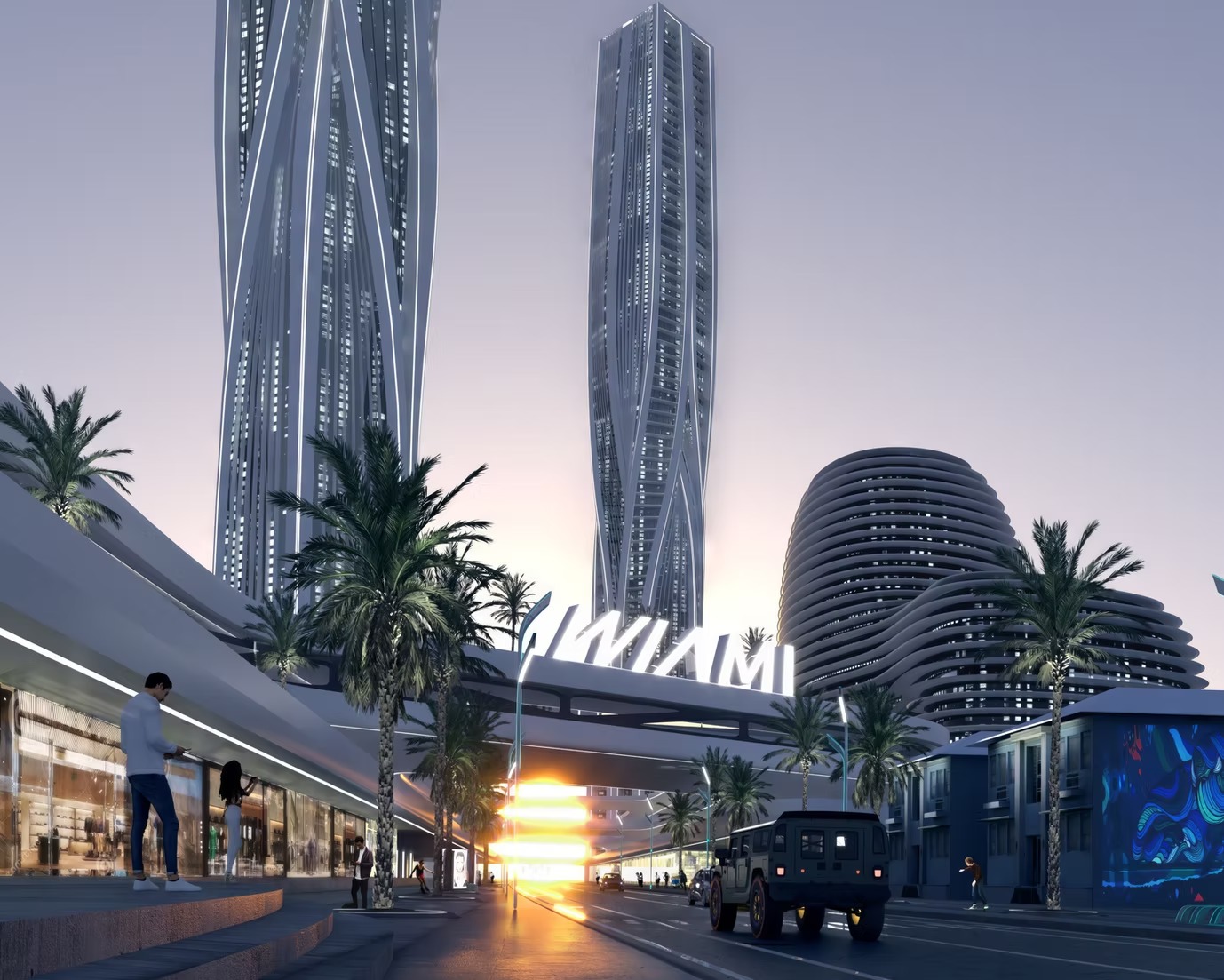
Wiami is a digital city built by Wilder World, a virtual twin of Miami created for the metaverse. Its striking skyline of twisting towers and sculptural forms blends real-world inspiration with digital imagination.
It was controversial. I was the first I knew pf joining Web3 as an architect, and I am super skeptical. I was approached because my work showed good spatial qualities for virtual futures. I asked for time to think. The salary was not an architecture salary, the company had major investment, the risk was high but the reward was high. I knew I would lead, which would have taken much longer to achieve in the office. I asked to finish a very important project, waited three months out of respect, then left Zaha after six years.
Masterplanning a city for the metaverse…
It was crazy. Many people were tweaking a top view like conventional planning but without the knowledge. I started giving lectures on urban planning and became the lead. Ambitions were wild. Eleven thousand plots in two weeks is impossible. Not even the biggest script would design and prepare that for sale in that time. In a startup you must think about return and timelines. It was exciting, different and extreme.
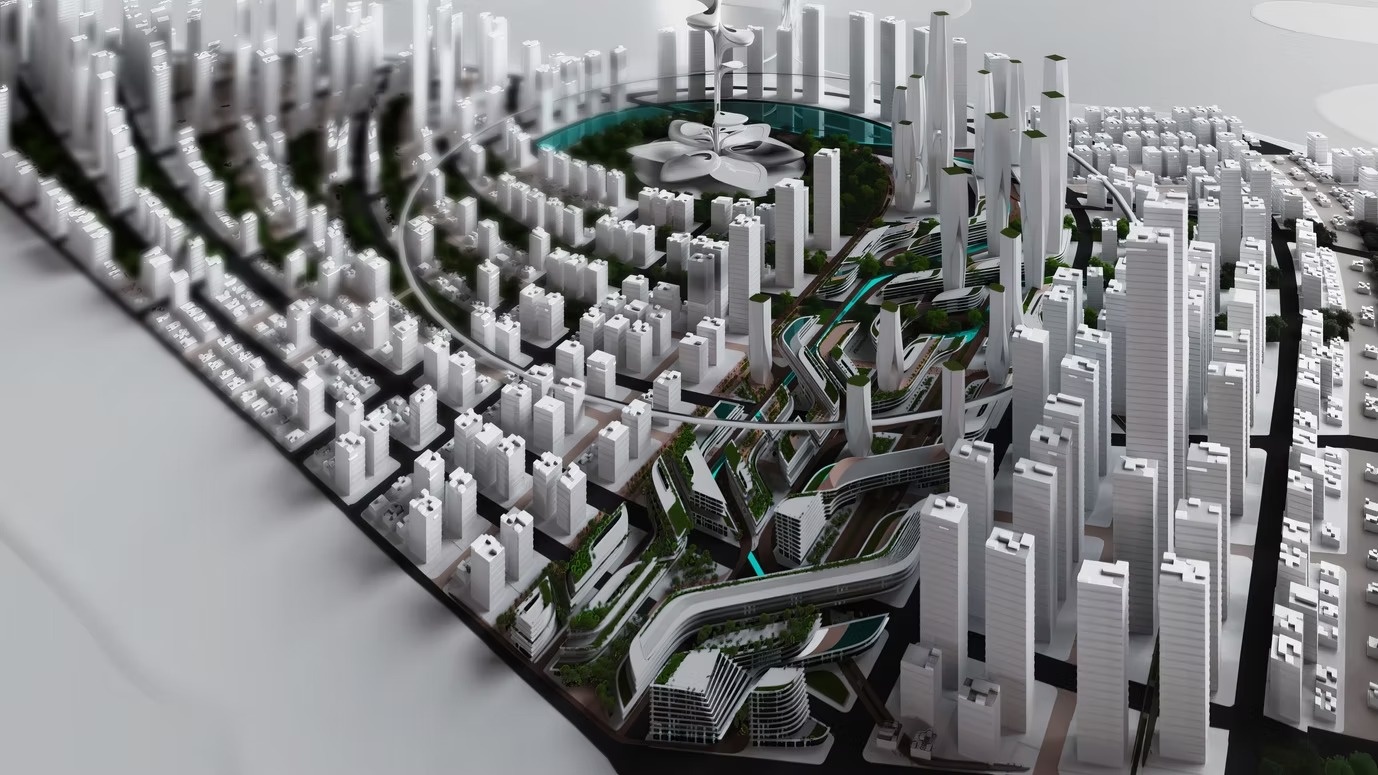
A masterplan vision for Wilder World’s metaverse city, showing Wiami’s dense high-rise clusters, layered green architecture, and central landmark spaces designed to mirror and reimagine Miami in a digital dimension.
Starting her own practice…
People start for different reasons. You might want control over your future and not be someone else’s employee. Or you are driven by the rage of seeing things done poorly and knowing in your core you can deliver better. That feeling built over years and then I jumped.
Bridging physical and digital work…
So far clients come from different sides. If a client comes for a building, you have to convince them to also do a digital version and vice versa. They are from different industries. I believe it will become common to have both when the benefits are clear, though you might lose as many as you win in the process.
Why virtual worlds still feel familiar…
We can imagine without limits, but we are building in unconventional space for very conventional people. We have an embedded vocabulary of space door, window, stair and ways of navigation. It will take time to replace that with something abstract that we still seamlessly understand. For now you either copy the physical and call it a twin so people feel in touch, or you softly change the rule set and introduce new vocabulary slowly. That is my approach.
Reimagining the Saudi airport experience…

MC Studios envisions a next-generation airport in Saudi Arabia, where palm-lined highways, autonomous vehicles, and a sculptural central terminal redefine the arrival experience.
It is a commissioned project. There is only so much you can change, but I always push the brief to be more ambitious. The idea is to make the airport an urban experience rather than an in between space and to update the logistics that have not caught up with technology. Boarding and check in have changed very little. We focused on improving user experience with technology and beautifully designed spaces so travelers feel informed, relaxed and engaged.
For the client there is a path to the built version that may be a percentage of the whole. For me it interrogates how we design airports and encourages a better future of travel.
How AI and the metaverse fit together…

Philippines NEXT is an AI-powered immersive sanctuary designed by [MC] Studios. Built in Unreal Engine and accessible via VR, AR and XR, it recreates the wildlife of the Philippines in a hyper-realistic virtual world. The project blends education and entertainment to raise awareness of nature and climate change through interactive storytelling.
Commercially we heard metaverse first, then AI. They are not the same and one does not replace the other, but one needs the other. The metaverse is the arena and the vision. Everyone expected it to materialise fast and it did not. Now the tool that powers the vision has arrived at scale. AI is an enabler and a playground for creators. Tailored spaces will be digital, three dimensional and informed by your data.
wPhilippines NEXT is an AI-powered immersive sanctuary designed by [MC] Studios. Built in Unreal Engine and accessible via VR, AR and XR, it recreates the wildlife of the Philippines in a hyper-realistic virtual world. The project blends education and entertainment to raise awareness of nature and climate change through interactive storytelling.
Advice on tools for students…
It is tough to choose with so many options. There is no single best software. There is one that expresses your intentions better and enables you to be a better professional. Find that, then adapt to the office you join. You can learn another tool in months. Embrace tools. I am skeptical by nature and still fully convinced you should embrace AI or it will eventually embrace you.
What sets me apart is building a community that identifies with the work and acknowledges the effort. I work extremely hard. That draws people close because they recognise it. It is also cultural. I joke about the Cristiano Ronaldo mindset. Work harder. People want someone who works hard to be successful.
On gender and going for it anyway…
Being a woman in a male dominated field is still uncommon. You need bravery to be in rooms where your gender is not the majority and still go for it. I am often the only one on stage and I do it anyway. That brings people closer because they see you do not care and push harder. I like to believe a strong community of girls feels inspired or triggered by that and wants to do it as well. I also believe no one is better than anyone else. We are here for a specific time and we are equal. That helps me connect.
What’s next…
I hope to be embedded in extended reality. I have gigantic physical buildings coming, but the industry is messy with too many third parties. I want to be early in virtual experiences and virtual reality and help build a better virtual world that does not replace the physical and is driven for the right reasons.
Has my career turned out how I imagined…
You do not control how things happen. The artistry is making it seem envisioned and planned. Intelligence is the ability to adapt. Many successful professionals adapt very well and make it look structured. That is what I learned.

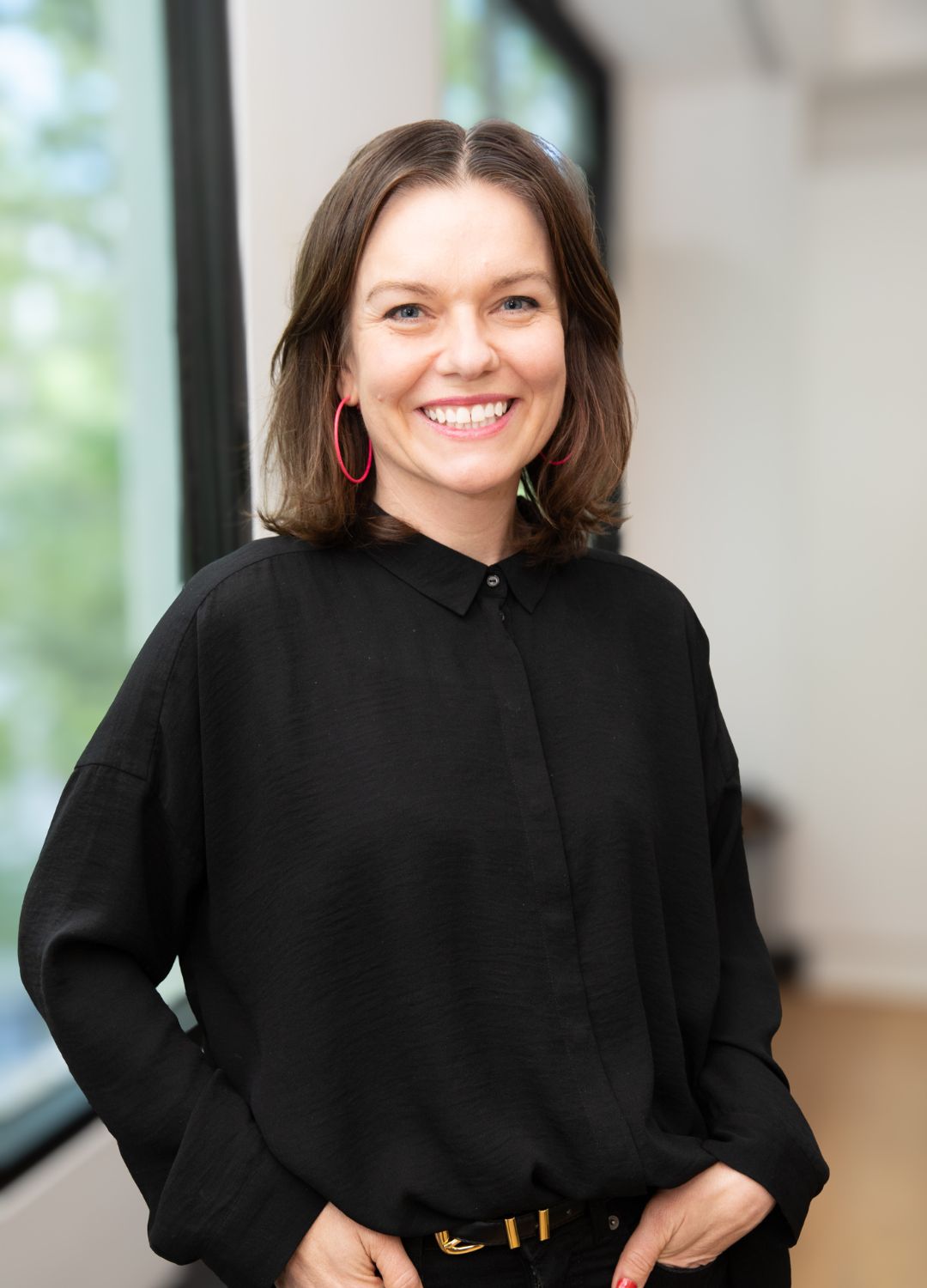
Looking to hire top talent
 or advance your career? Let's talk.
or advance your career? Let's talk.
We connect exceptional firms with talented professionals.
Let’s discuss how we can help you achieve your goals. Get in touch with the team today.
Related Posts

Jimmy Bent is all about culture. After nearly 20 years as the heart of Bespoke’s company culture, Jimmy shares his journey in Episode 4 of the Bespoke Careers Employer Branding Playbook.
Grimshaw’s Group Managing Partner reflects on his career in architecture and the culture that has shaped his work.
Thomas spoke to Chris Simmons about navigating architecture school without a blueprint, the realities of early career practice, and how building a personal brand opened doors the profession didn’t.
